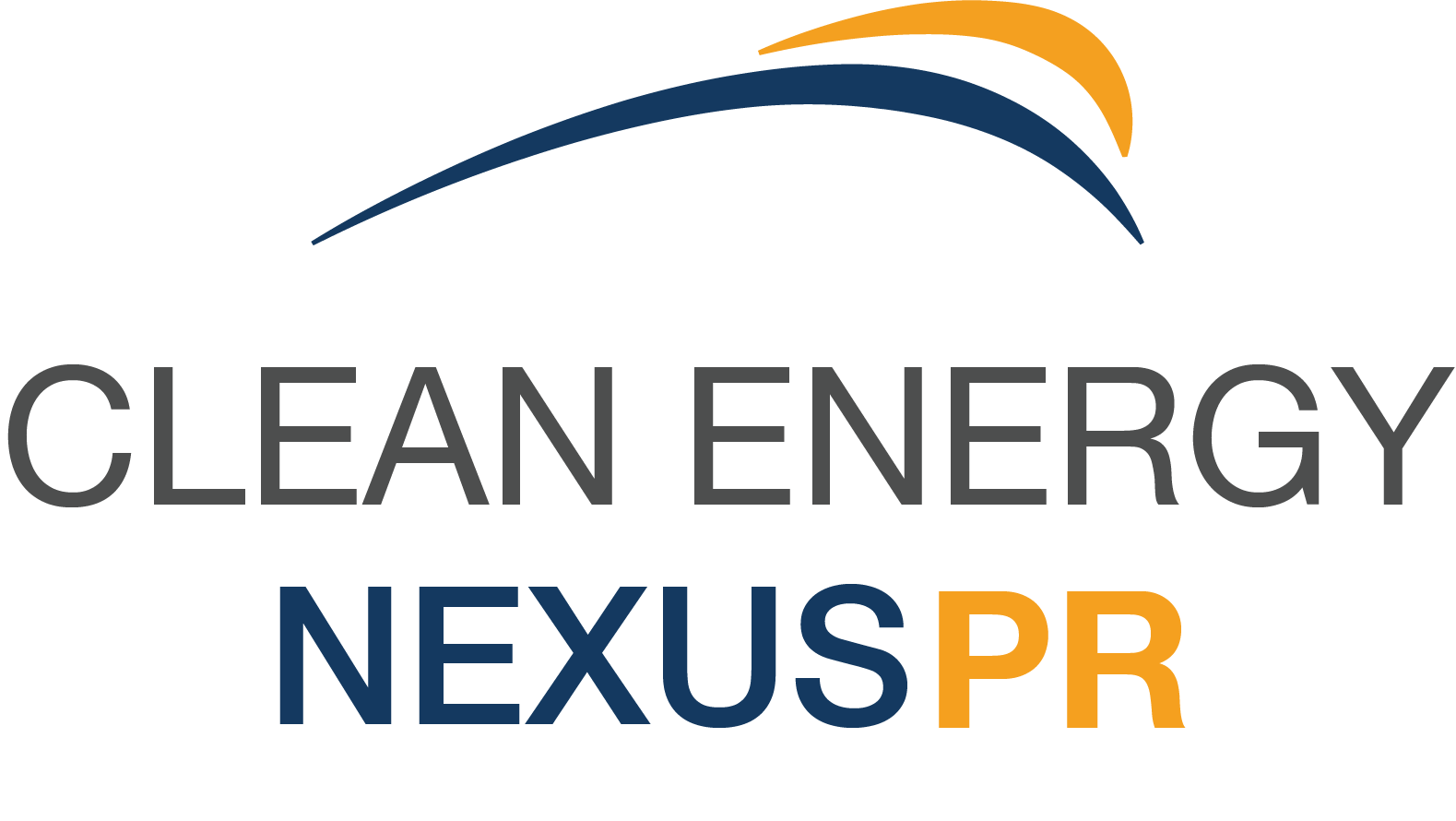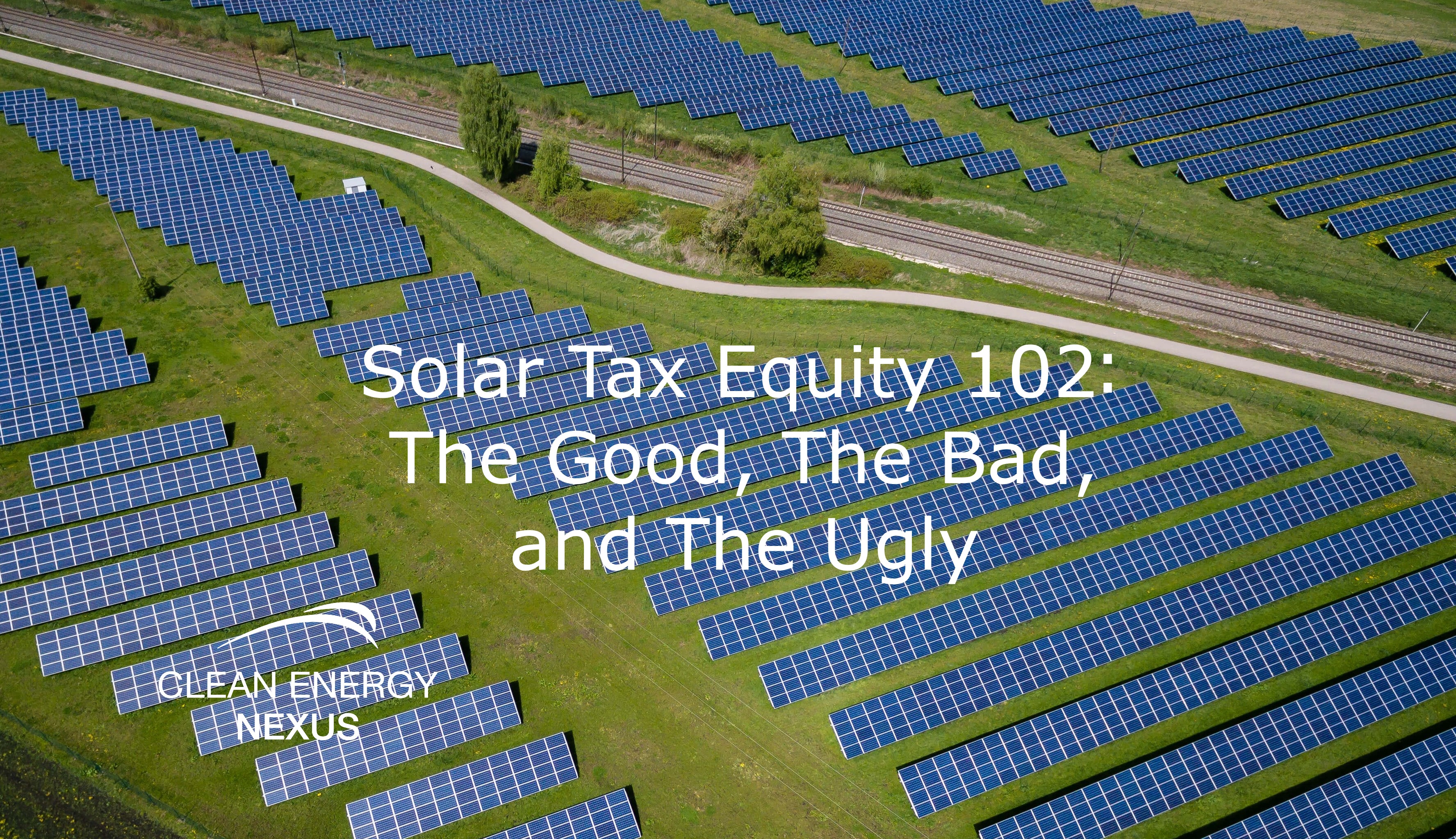This blog is intended to dive deeper into the subject of tax equity for solar projects. The prior blog opened up with a series of common questions (Solar Tax Equity 101) and answers. In this post, we discuss the most common tax equity structure and touch on why companies choose to invest in tax equity.
The Good: The current Investment Tax Credit (ITC) for solar allows for 26% of the eligible cost basis of the project to be received as a tax credit. This credit can be used to offset income taxes on a dollar for dollar basis, ie. $1 of tax credit offsets $1 tax liability. This credit would be very valuable if it could simply be transferred to a person or corporation wanting a lower tax bill, but it cannot. The second piece of the tax equity puzzle is the MACRS depreciation. The project’s eligible costs can also receive 5 year modified accelerated depreciation treatment on 87% of the cost basis, (reduced by half of the 26% ITC). This provides additional losses due to depreciation to be allocated to the tax equity investor at their tax rate. Cash distributions are the final piece of the tax equity investor’s returns. This is fairly straightforward in that it assigns a certain portion of the cash economics of the project to the tax equity investor. It is usually a minor portion of the overall economics but different structures can be employed to optimize what portion of their return is tax offsets and losses and what portion is from cash.
The Bad: As we peel back the layers of this onion, your eyes may start to water! We will try to keep this brief and explain the salient points. Tax Equity must be organized in a way so that the tax equity investor acts as an operator in the business. This is where the challenge begins, because as such, the ITC, depreciation and cash cannot simply be assigned. A partnership arrangement must be created where the allocations of these benefits are assigned in some proportion to one partner versus the other. Typically there is a partnership similar to a fund where the General Partner manages the asset and Limited Partner provides the funds and is assigned a proportion of the returns. Similarly, the Owner Partner receives the majority of the cash distributions, ie. 85%, and 1% of the tax benefits from the project. The Tax Partner inversely receives 15% of the cash distributions and 99% of the tax benefits, in this example. In this manner the majority of the tax benefits and a small portion of the cash go to the Tax Equity Investor and the majority of the cash and a little bit of the tax benefits go to the Owner. After 5 years, the majority of the tax benefits have been realized and the Owner buys out the Tax Equity Investor via a call option of approximately 5% of the invested amount.
The Ugly: So what’s all the hubbub about? The manner in which to produce these results requires very complex models and legal documentation that costs hundreds of thousands of dollars. Further, advisory companies like ours charge hundreds of thousands of dollars on top of those fees to secure a tax equity Partner. Most solar projects below 5MWs or $10 million cannot afford to raise tax equity. This is the big missing piece in the commercial and industrial (C&I) solar market. Most of the tax equity investors are banks looking to offset large gains. Furthermore, many companies’ CFOs are not willing to make an investment that causes a loss write-down immediately. This, coupled with the complexity of the tax equity structures, limits the access to this valuable funding.
In summary, tax equity gets more complicated the more you drill into it. It is worth exploring as it is a buyer’s market and 1.5 - 2.0 times your money can be realized. The returns come mostly in years 1 - 3 but there are a bit of residual tax and cash benefits in years 4 and 5. This investment requires sophisticated financial advisors and thus tends to be relegated to banks and insurance companies that understand these complex arrangements.
We hope this helps bring some light to the complexities and benefits of investing in solar tax equity!

